- News
- Reviews
- Bikes
- Accessories
- Accessories - misc
- Computer mounts
- Bags
- Bar ends
- Bike bags & cases
- Bottle cages
- Bottles
- Cameras
- Car racks
- Child seats
- Computers
- Glasses
- GPS units
- Helmets
- Lights - front
- Lights - rear
- Lights - sets
- Locks
- Mirrors
- Mudguards
- Racks
- Pumps & CO2 inflators
- Puncture kits
- Reflectives
- Smart watches
- Stands and racks
- Trailers
- Clothing
- Components
- Bar tape & grips
- Bottom brackets
- Brake & gear cables
- Brake & STI levers
- Brake pads & spares
- Brakes
- Cassettes & freewheels
- Chains
- Chainsets & chainrings
- Derailleurs - front
- Derailleurs - rear
- Forks
- Gear levers & shifters
- Groupsets
- Handlebars & extensions
- Headsets
- Hubs
- Inner tubes
- Pedals
- Quick releases & skewers
- Saddles
- Seatposts
- Stems
- Wheels
- Tyres
- Health, fitness and nutrition
- Tools and workshop
- Miscellaneous
- Cross country mountain bikes
- Tubeless valves
- Buyers Guides
- Features
- Forum
- Recommends
- Podcast
review
£194.00
VERDICT:
Comfortable eyewear with a very good lens and a frame that's largely derived from plants
Comfortable
Good coverage
Green credentials
Pricey for glasses without a second lens
Weight:
30g
Contact:
At road.cc every product is thoroughly tested for as long as it takes to get a proper insight into how well it works. Our reviewers are experienced cyclists that we trust to be objective. While we strive to ensure that opinions expressed are backed up by facts, reviews are by their nature an informed opinion, not a definitive verdict. We don't intentionally try to break anything (except locks) but we do try to look for weak points in any design. The overall score is not just an average of the other scores: it reflects both a product's function and value – with value determined by how a product compares with items of similar spec, quality, and price.
What the road.cc scores meanGood scores are more common than bad, because fortunately good products are more common than bad.
- Exceptional
- Excellent
- Very Good
- Good
- Quite good
- Average
- Not so good
- Poor
- Bad
- Appalling
The NRC X3.Earth sunglasses are lightweight and comfortable, they offer high clarity thanks to a Zeiss lens, and the frame is made largely from a plant-derived material that's dye-free, the idea being that you're doing your bit for the environment.
Let's start with that frame. NRC's X3 glasses are available in various models, this Earth variety coming with a frame that's made from UVM, or Unique Vegetal Material, which is said to have "a 65% natural origin". The remainder is nylon.
UVM is slightly softer to the touch than the TR90 thermoplastic used for most eyewear, but on your face you'd never tell the difference. The X3.Earth glasses just feel normal.
The UVM is dye-free, making a frame that's translucent and not-quite-white. NRC describes the colour as 'milky white', which seems a reasonable description. You can just about see the screw used at the hinge through the UVM in certain lights.
The tips of the arms (or temples) are made from soft-touch Megol thermoplastic with a rubbery feel, and the same goes for the nosepiece which is width adjustable – you can bend the sides in or out slightly with your fingers to get the fit just right.
I also like the fact that there's no frame at the sides of the lens, or underneath it. As well as keeping the weight down, it means there's nothing to interrupt your vision. I find that especially valuable when making that quick check over the shoulder before turning.
You can't alter the shape of the arms but the distance between the tips is under 10cm when unworn, meaning that the glasses are under slight tension when you put them on, the inherent springiness of the material helping to holding them in place without so much pressure as to cause discomfort. Some glasses are prone to slipping when you get sweaty, but these have stayed in place reliably during three months of regular use, even on the hottest summer rides.
You get a high-quality Zeiss lens called Super Nylens 2.0 Greenwood Gradiant. It has "a forest green colour gradient [that] naturally diffuses blue light, boosting contrast and brightness in the lower section to guarantee optimum visual safety in any conditions", according to NRC.
There's certainly a green tinge to the lens, but I asked a couple of other people to try these glasses and they didn't pick up on that, describing the lens as 'smoky' or 'grey'. I'd say that it mildly increases contrast while reducing glare and harsh sunlight.
The lens isn't as large as some you see these days, but it offers a decent amount of coverage, particularly because it wraps around the sides of your face. There are models in NRC's range that extend further down, if that's what you're after.
The top of the lens is considerably darker than the bottom, helping to block out bright light from overhead without affecting your view of the road to the same degree. If you want the figures, light transmittance at the top is 9.5%, in the centre it's 15%, and at the bottom it's 24%. It's a personal preference but I quite like the gradient. If it's not for you, the X3 is available with other lenses – such as Zeiss Super Nylens 2.0 Amazon Green Mirror that gives a 20% light transmittance in all areas – although the X3.Earth comes only with the Greenwood Gradiant.
> Buyer’s Guide: 28 of the best cycling sunglasses
The lens features anti-fog holes above the nose bridge and out by the hinges although, as with any other glasses, you can still get them misted up with vapour if you're sweating hard and airflow is low – when you're climbing a steep hill, for example. Still, the X3.Earth glasses are pretty good in this respect.
If you want more ventilation you can also pop out the small tabs on the temples – the black rubbery areas with the white NRC logos – although I can't say that I could discern any difference in performance either way. Those tabs won't come out accidentally, ridges at their edges meaning they're held in place securely.
The lens is shatterproof and has a hydrophobic coating called Ri-Pel that's designed to repel water and oil – although get your grubby little fingers over it and you're going to leave a smudge. It also has an anti-scratch coating. A quick inspection shows that after a lot of use and abuse over the past few weeks, the lens is still in near-perfect condition, which bodes well for long-term durability.
You get just one lens with the X3.Earth sunglasses but you can buy extra nylon lenses, priced from €90. Swapping them over is easy without the need for any intricate design features. There's enough flex in the frame to allow you to pop the lenses in and out without any fear that you're going to snap something.
You can also get a transparent nylon optical clip for the X3s (€24/£22) that allows you to fit prescription lenses to the nosepiece.
These are pricey for glasses with a single lens, albeit a very good one. NRC's own P-Ride.Skyrun glasses that we reviewed earlier in the year are £112, for example, and Oakley's EVZero Blades are £143. You can, of course, find much cheaper eyewear too.
> Buyer’s Guide: 12 of the best cheap cycling sunglasses
Standard NRC X3 glasses – of the non-Earth variety – start at €175 (around £158), so you're paying extra for the UVM. If the material is important to you, it's also used for NRC's X1 and X2 glasses, but they're also priced €215 (£194).
Conclusion
The NRC X3.Earth glasses are lightweight and comfortable, with a frame material that's largely derived from plants. You also get excellent optics courtesy of Zeiss and the ability to add a prescription lens. The price is steep, though.
Verdict
Comfortable eyewear with a very good lens and a frame that's largely derived from plants
road.cc test report
Make and model: NRC X3.Earth glasses
Size tested: One
Tell us what the product is for and who it's aimed at. What do the manufacturers say about it? How does that compare to your own feelings about it?
NRC says, "X3.EARTH sunglasses in UVM, a 100% natural material that makes the frame lighter, softer and more comfortable to wear.
"Thanks to the special protective colouring of the Zeiss lenses and the option of adding clips for prescription inserts, these NRC glasses offer the perfect combination of optical quality and functionality."
Tell us some more about the technical aspects of the product?
NRC lists these features:
Frame: UVM Natural Milky White
Lens: ZEISS Super Nylens 2.0 Greenwood Gradiant
Filter Category: 2
Removable side logo for high ventilation
Antifog holes
Adjustable nose pad
Sunglasses designed and manufactured in Italy with Italian lens
Anti scratch
Nylon lens
Impact resistant
Lifetime warranty
Interchangeable system for extra lens
OSS/X3 internal clip for prescription lens available
Bridge: 16mm
Lens diameter: 139mm
Temple: 125mm
Rate the product for quality of construction:
8/10
Rate the product for performance:
8/10
The lens is very good and isn't particularly prone to fogging, and the frames stay in place when you get sweaty.
Rate the product for durability:
7/10
If you're like me, your glasses are most at risk of being dropped or sat upon. The X3.Earth frames flex a lot without breaking and the nylon lens won't easily crack. The lens doesn't scratch easily either.
Rate the product for weight (if applicable)
8/10
Rate the product for comfort (if applicable)
8/10
Rate the product for value:
5/10
Tell us how the product performed overall when used for its designed purpose
Very good glasses that provide good vision and don't tend to slip.
Tell us what you particularly liked about the product
Very good lens, adjustable nosepiece, and they don't slip.
Tell us what you particularly disliked about the product
Nothing in particular, although a second lens would be welcome.
How does the price compare to that of similar products in the market, including ones recently tested on road.cc?
These aren't cheap for glasses with a single lens, even if that lens is a very good one. NRC's own P-Ride.Skyrun glasses that we reviewed earlier in the year are £112, for example, and Oakley's EVZero Blades are £143. Of course, you can find much cheaper eyewear too.
You're paying extra for the UVM plant-derived material used in the frames. If the material is important to you, it's also used for NRC's X1 and X2 glasses, but they're also priced €215 (£194).
Did you enjoy using the product? Yes
Would you consider buying the product? The price is pushing it!
Would you recommend the product to a friend? Yeah, worth considering.
Use this box to explain your overall score
I'd say that these are an 8 for performance with only the price dragging them down a point overall.
About the tester
Age: 48
I usually ride: My best bike is:
I've been riding for: Over 20 years I ride: Most days I would class myself as: Expert
I regularly do the following types of riding: commuting, club rides, sportives, general fitness riding,
Mat has been in cycling media since 1996, on titles including BikeRadar, Total Bike, Total Mountain Bike, What Mountain Bike and Mountain Biking UK, and he has been editor of 220 Triathlon and Cycling Plus. Mat has been road.cc technical editor for over a decade, testing bikes, fettling the latest kit, and trying out the most up-to-the-minute clothing. He has won his category in Ironman UK 70.3 and finished on the podium in both marathons he has run. Mat is a Cambridge graduate who did a post-grad in magazine journalism, and he is a winner of the Cycling Media Award for Specialist Online Writer. Now over 50, he's riding road and gravel bikes most days for fun and fitness rather than training for competitions.





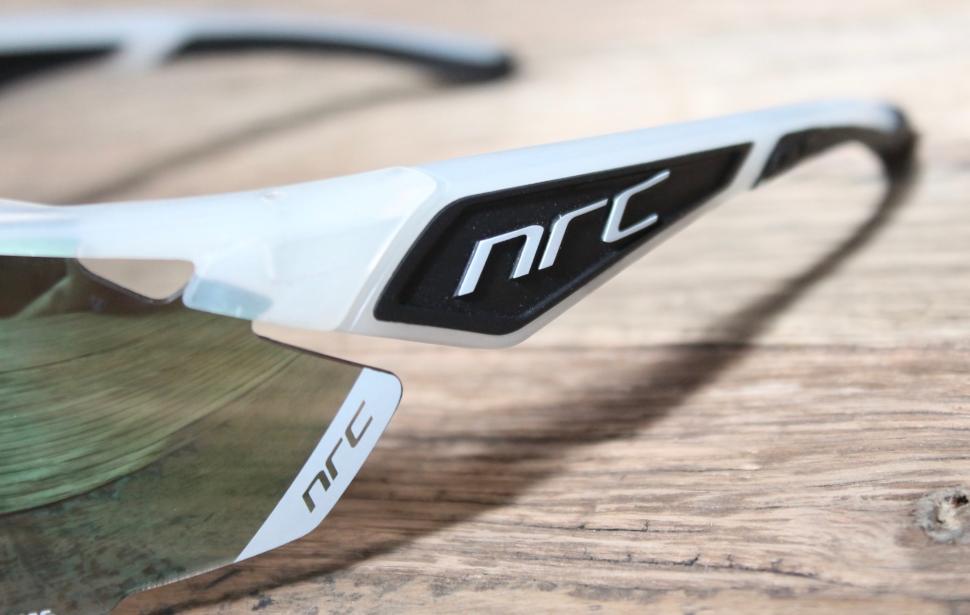
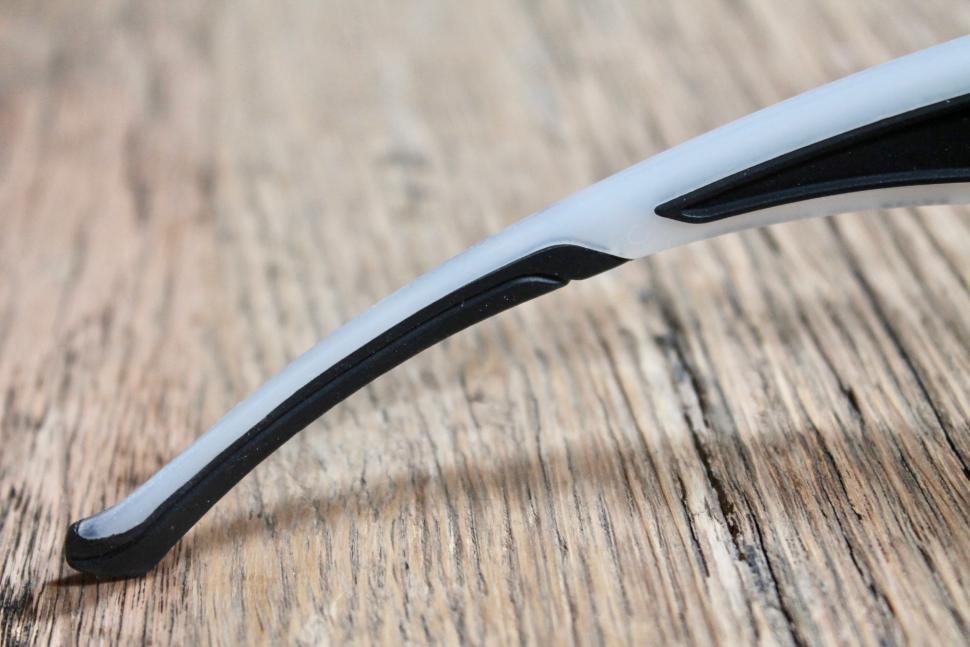
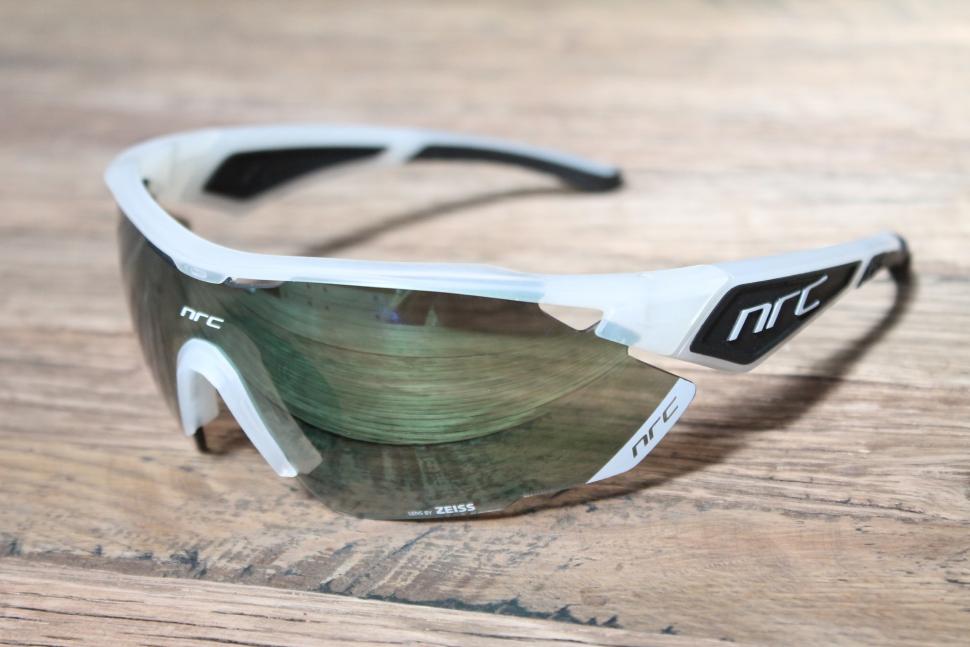
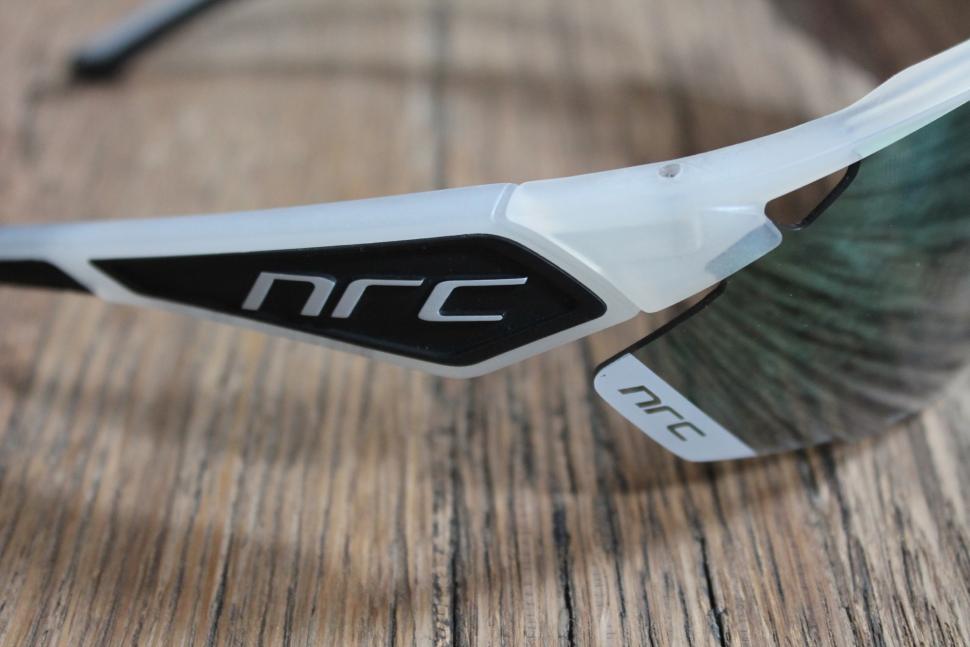

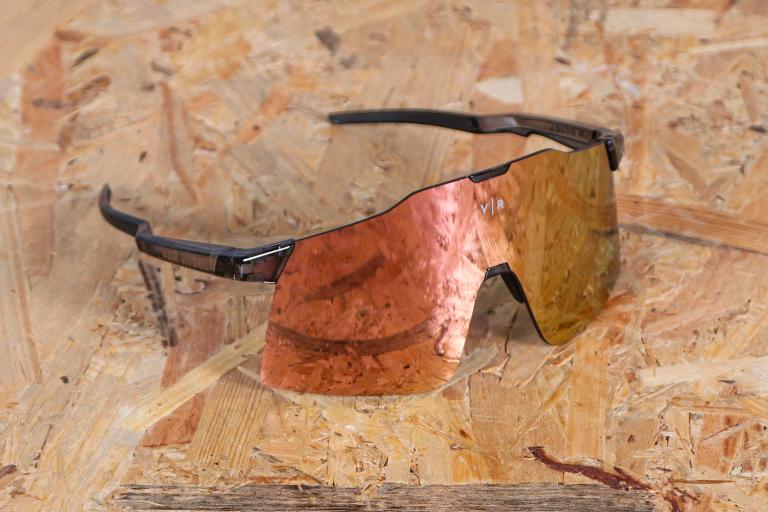
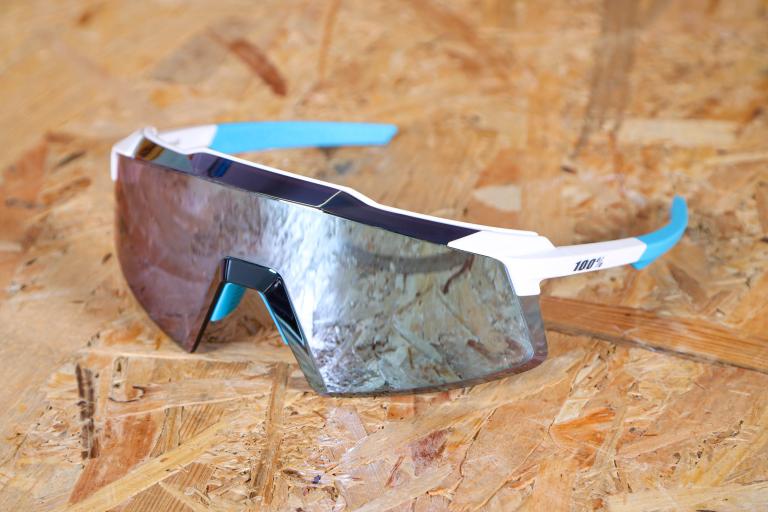
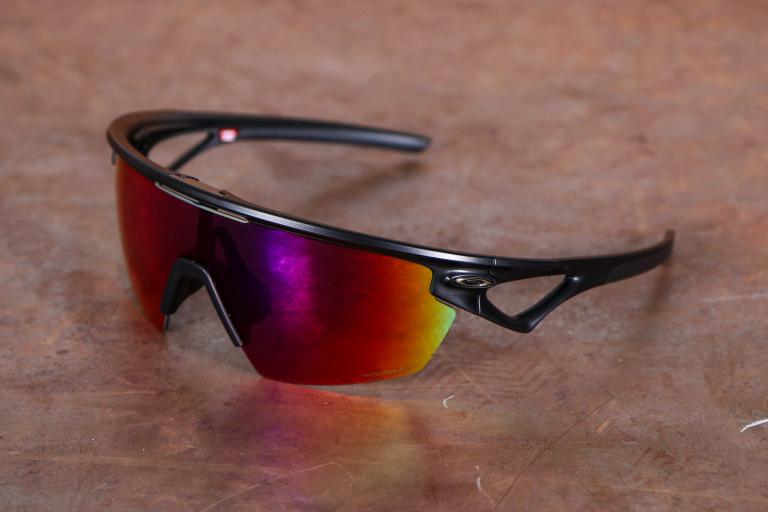
Please can we have a picture of it in action? The description of the tool in action is rather obscure, especially when trying to continue the...
I imagine the bright colour was to make them more noticeable. Except car drivers are obviously blind to anything outside of their vehicles. In my...
Yes, sometimes you need specialist tools or equipment. But some of the examples above are laughable. Fixing a puncture. Bear in mind you may need...
Twas ever thus.
Scrapping free car parks could frighten away shoppers ...
Sort of - it doesn't make anything cleaner, but it makes you care less about the fact it needs cleaning.
Apparently (looked it up) he's (often, he changes depending on parcours) more upright because he likes shorter cranks and the saddle well forward...
It would improve the overall quality of discussion there.
Also, perhaps telling that Canyon isn't opening bricks and mortar itself - they're being delivered by experience partners under their own brand,...
As a home mechanic, buying ALL (reasonably) possible tools at once is probably the most "economical" way to go. BUT as a newbie (many, many years...